|
|
ADDRESS AT THE ALL INDIA CONFERENCE OF THE ACCOUNTANTS GENERAL, NEW DELHI
20-09-2005 : Vigyan Bhawan, New Delhi
Public Audit and the National Mission of Developed India
I am delighted to participate in the All India Conference of the Accountants General organized by the Comptroller and Auditor General of India with a main theme "Linkages of Public Audit with Good Governance". My greetings to the organizers, accountancy specialists, auditors, administrators, economic planners and the distinguished guests. While I am addressing this audience I am aware that you are representing nearly sixty thousands accounts and audit professionals engaged in monitoring, protecting and promoting all the economic activities of the Central and State Governments and the public sector institutions of the country.
The CAG has been continuously improving the audit system and they have brought in the concept of performance audit, which has added value to our system. The study of significance of the development programmes and pointing out the deviation, investigating their causes and suggesting better practices have improved the performance of certain systems. Today, the audit is going beyond mere economic aspects and it brings out evaluation of the efficiency and effectiveness of the government programmes. Also, during the last five years I understand that CAG has touched the major development initiatives of the Government in areas of health, education, urban employment generation, rural employment generation, food security, basic infrastructure creation and accelerated irrigation benefit programmes. Thus, I can see that the audit is becoming a partner in national development. I congratulate all the members of CAG for constantly striving to improve the feedback system provided to the Government. The topic of my discussion today is "Public Audit and the National Mission of Developed India".
I am aware that whenever you give an audit report, which gets transformed into a audit para and then few result in oral evidence by PAC, a lot of hue and cry emanates stating that all the details have not been looked at. Sometimes it is due to political aspects. That is why I normally suggest that there should be system audit and not part audit. Some criticisms will always be there, when you bring out certain problems in the organisation. If your conclusions are built on sound arguments through established facts, and the results are going to assist the organisation, criticisms you can take them, as they are.
Efficacy of Close Loop Guidance and Control
Let me give you an event-based experience of the missile programme which has similarity to the mission of CAG. When I see the audit and corrective action needed in the financial management field, I am reminded of technical events taking place in sequence in the case of flight trajectory. Let me refer to the launch of Agni missile system. It is a controlled and guided flight from the time of launch till it reaches the target at long range. At t=0, the time of launch, automatic launch control system gives the take off signal, after testing about 600 parameters in few seconds. If all the parameters are within the specified error band, computer gives a go-ahead signal. Missile takes off. The Missile has an onboard computer that carries the specified trajectory which is to be followed by the missile from the time it takes off till it reaches the specified impact point. Any deviation from the trajectory is detected and quantified by the computer and fed continuously to the control system of the missile. The control system operates the fast reaction thrusters in all the three axes of flight and corrects the deviation and brings the missile to ride on the required trajectory in real time. If the corrective action is not done in real time, the missile will reach far away from the target and the mission will be a failure. Guidance and control with its onboard computer acts as the brain of the missile. During the flight of the missile, it is responsible to guide the missile to the target to meet the mission requirements and succeed. From this guided missile flight example I would like to share the following experiences.
1. It is necessary for the guidance and control system to monitor the deviation continuously on all the three axes and guide the missile to fly towards the target. The missile control system provides continuous feedback to the missile. This example reveals that the missile successfully reaches the target with the partnership of guidance and control system which is able to foresee the deviation and error and provide continuous correction. If the correction is provided after the event is over, you can see that the mission will not succeed. Similarly, if the auditors audit after the event is over or the mission is completed they will see many deviations but they are too late to correct. I am sure you can realize the importance of providing online corrections to the deviations.
2. In the missile development, 3000 engineers and staff work in the field of propulsion, aerodynamics, structures, guidance and control, instrumentation and flight simulation. The success of the flight comes out from system design, system integration, configuration management and system management. A dominant group called quality assurance and quality control group constantly works with the missile team to find the deviations of various sub-systems and systems online from design to development completion, so that the integrated missile performs to the mission specifications reliably. It is equivalent to system audit being carried out by the CAG.

Agricultural Mission
I would like to illustrate a system how CAG can become a partner to a mission from the commencement of the project. Let us take second green revolution as a mission by the Agricultural Ministry as a model. Agricultural Ministry has a target of producing around 400 million tonnes of food grains by the year 2020 with reduced land, reduced availability of water and reduced human resource. Now let us identify the stakeholders. The stakeholders are farmers, agricultural scientists, meteorologists, agricultural planners, seed bank, water and irrigation system managers, organic and inorganic fertilizers manufacturers, chemical and bio-pesticides manufacturers, farm equipment lending agencies, co-operative banking system and financial institutions, warehouses and godowns, procurement agencies, distribution system and the coordinating ministries from the Central and State Governments. The success of the mission is totally dependent on the synchronized integrated action between all the stakeholders and also the integrated planning, funding, scheduling and proper execution. Let me explain the various phases of this mission.
1. For enabling optimum production of food
grains from the available land in different regions the first requirement is that the availability of good soil. Once the characteristic of soil is known the seed (for a particular grain) and fertilizers can be matched to the soil. The first phase of the process would need identification of the land and the type of seed, which can be grown in the land, and the water availability.
2. The second phase involves preparation of the land, use of fertilizers and leading to seeding and plantation. In this phase the essential requirements are availability of right quality seed at the right place, availability of farm equipment, availability of fertilizers, availability of funds through Agricultural Co-operative Banks and training to the farmers, transportation system for movement of resources to the locations. How do we ensure this? The availability of these resources from multiple stakeholders are the corrective action for the success of the mission.
3. The third phase involves weeding out, application of pesticides, timely irrigation, provision of supplementary nutrients for ensuring healthy growth of the plant. This is totally under the control of the farmer with the advise received from the agricultural scientists. The availability of the input such as water, pesticides, scientific inputs are required to be ensured in this phase.
4. The fourth phase involves harvesting, movement, storage, timely price fixation, procurement and distribution. In this phase we have to ensue that the produce is not affected by moisture and rain. Adequate storage facilities are available near the village in the form of small silos, medium silos and big silos. Transportation system is available for moving the stores to competitive market. The Agricultural waste is also converted as product and sold. The procurement price and process needs streamlining at the right time to ensure that the farmer gets the right revenue for his produce. If there is surplus production there should be food processing agencies to convert it by value addition into marketable product without allowing it into perish.
All these four phases require fixation of targets, schedules and resource management plan and implementation. In these phases many of the actions are government driven, such as providing credit to cooperative banks and societies, provision of adequate quantity of fertilizers for distribution and marketing and supervision of the quality of seeds and fertilizers distributor so that the adulterated seeds are not deployed. Government through meteorological research data has also to announce the setting up of monsoon setting period since it has a direct bearing on the seeding time and a timely seeding is essential for ensuring good productivity of the crop. This is the open loop system with stakeholders from different organizations and different motivations. Successful realization of the yearly targets for meeting the goals of vision before 2020 will need coordinated functioning of all the phases of the process. CAG normally carry out the reviews after the task is completed. I would like the CAG to consider at what point CAG team can enter into the system so that they can make effective contribution to the agricultural mission involving farmers, government supported co-operative banks, co-operative societies, government funding and agricultural experts.
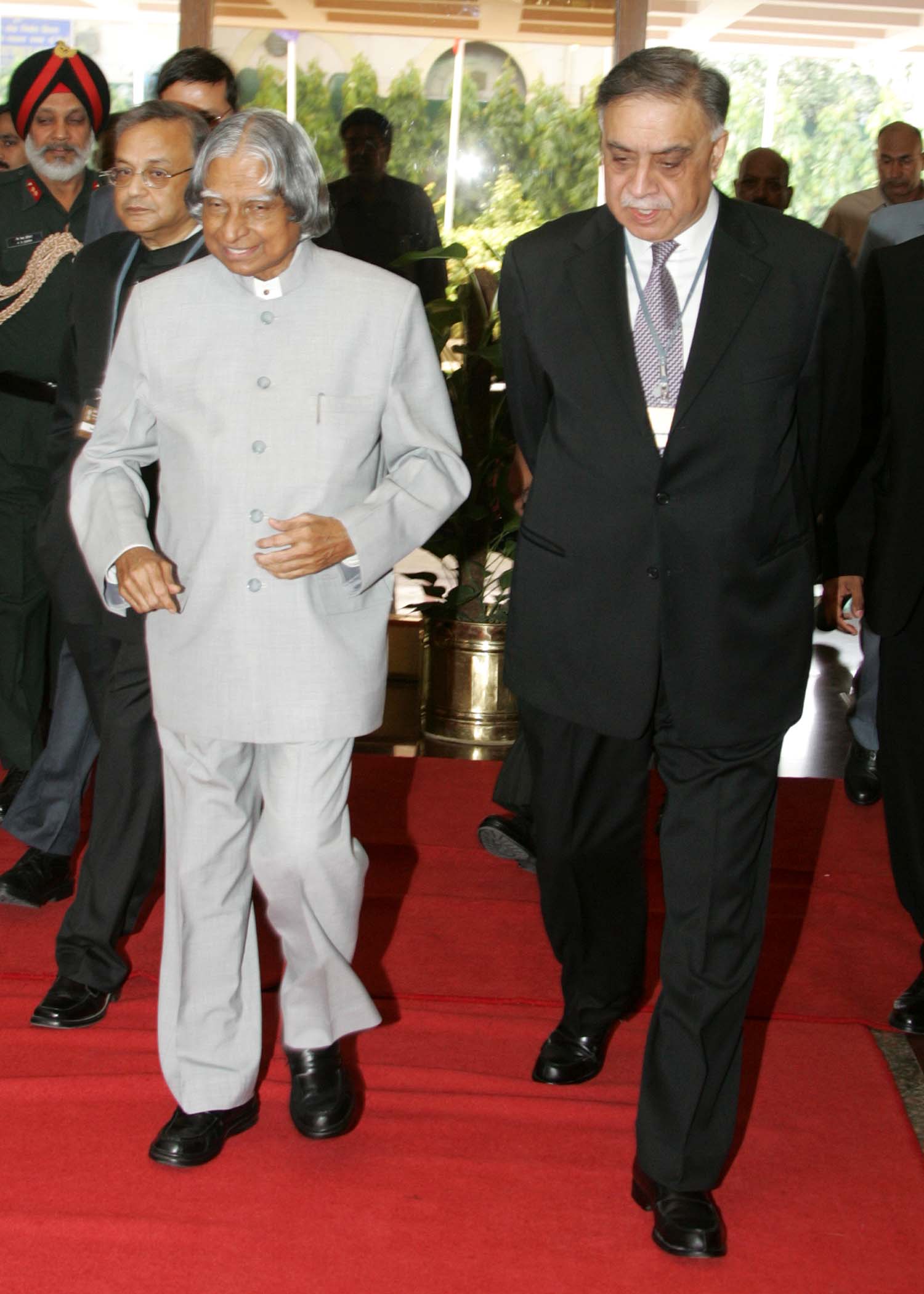

Proactive auditing and process control
Now I would like to discuss the future challenges of the CAG. The auditing always seems, to the common public, as a mechanism of exposing irregularities. Can the auditors become like partners in a partnership firm? I am sure this is possible since both the executives and the audit are working for the common cause i.e. delivery of good governance to the citizens. Transparency is the key to good governance and you can play a very important role in designing guidelines. In the world of computers, software developers use the process control mechanism which ensures that the software developed, is nearly bug free and the programmer is almost prevented from making mistakes. CAG can perform the same role by developing process controls, guidelines and checks for auditing in the IT environment so that the irregularities will not enter into the financial management of government and public sector institutions.

Audit: Partners in E-governance
The application of ICT into the audit system should enable the auditors to ensure the process controls mechanism is built into the auditing system. This system would ensure that the performance metrics of various domains such as strategic planning, project management, operational management, risk management practices, business continuity planning, quality of service delivered, customer satisfaction. Also it should meet the desired objective of the Government and public sectors. If the auditors associate themselves with the executives in their e-governance or IT related programmes then it provides credibility and assurance to the stakeholders (in our case the citizens of the country) about value for money. CAG team will also be assured of security within the system, compliance of standards, existence of proper process controls accuracy and integrity in the output.
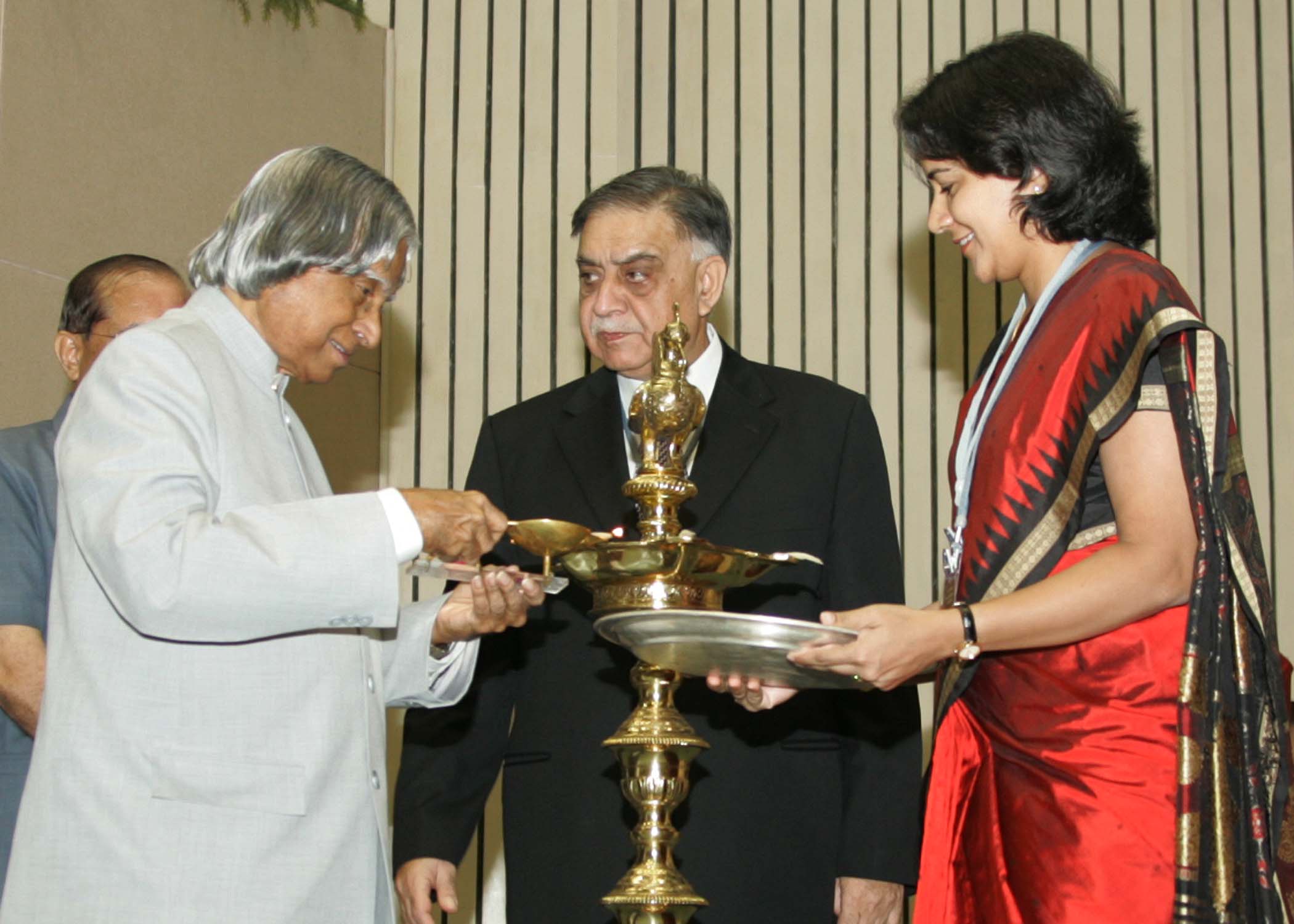

Rashtrapati Bhavan Experience
Now I would like to discuss about the E-Governance system being developed in the Rashtrapati Bhavan with active co-operation of finance and audit. The e-Governance provides an avenue for making the Governmental transactions, be it Government to Government (G2G) or Government to Citizen (G2C) completely transparent.
Two years back, we undertook an exercise to completely automate the transactions of the Rashtrapati Bhavan both G2G and G2C and introduce e-Governance. Today, I am very happy to inform you that due to the concentrated work of my colleagues at Rashtrapati Bhavan we have a fully functional and automated system for information and workflow of varying levels of secrecy ? for example secret communication from the any Government Department to President?s Office to very simple day to day letters and messages from the citizens and financial transactions. We have involved our integrated finance and audit professionals while working out the total work flow system and the design and development of MIS system so that the necessary process controls mechanism, business rules which will ensure the system is audit compliant. The software is currently undergoing field trails. We would be launching fully tested and validated user friendly e-governance software shortly. I visualize the interactions and communications between the various organs of the Governments with President?s office will take place through this e-governance Grid.

E-Governance Grid for Auditing
You can think of establishing a secured CAG e-governance grid through VPN broadband network with your clients namely Central and State Governments and Public Sector Institutions. In an IT enabled environment, a near paperless accounting system which hinges on electronic cash and credit card transactions including authenticated and secure digital signature will have to become the part and parcel of the business of CAG. Today in our computerization attempts the paper trail is still maintained for fear of mistrust and untested authentication mechanisms in the world of computers. Hence computerization has nearly become an act of impediment and we merely enter the paper transactions on the computers. This has to be changed in such a way that the transactions are born digital and automatically captured; we should spend more time on thinking rather than data entry. Hence the fusion of ICT and auditing is essential with the digital signature in primary key infrastructure environment. When the banks and the commercial establishments are now engaged in the e-commerce transactions in India, I do not visualize any difficulty in implementing similar scheme in Government departments with qualified encryption standards.
For enabling the e-audit through the e-governance grid the ICT tools needed are on quality control, e-auditing system, project management, change management, risk assessment and control, human resource planning, implementation of near paper less office work flow system and performance tracking system is essential. This will enable the audit team to provide online process control enablement through monitoring of the time PERT, cost PERT and the performance PERT and recommend suitable corrective actions for meeting the final project goals to all your customers when the process in progress. This type of paradigm shift in the approach through auditing will make the institution of CAG a partner in all our time bound national missions.
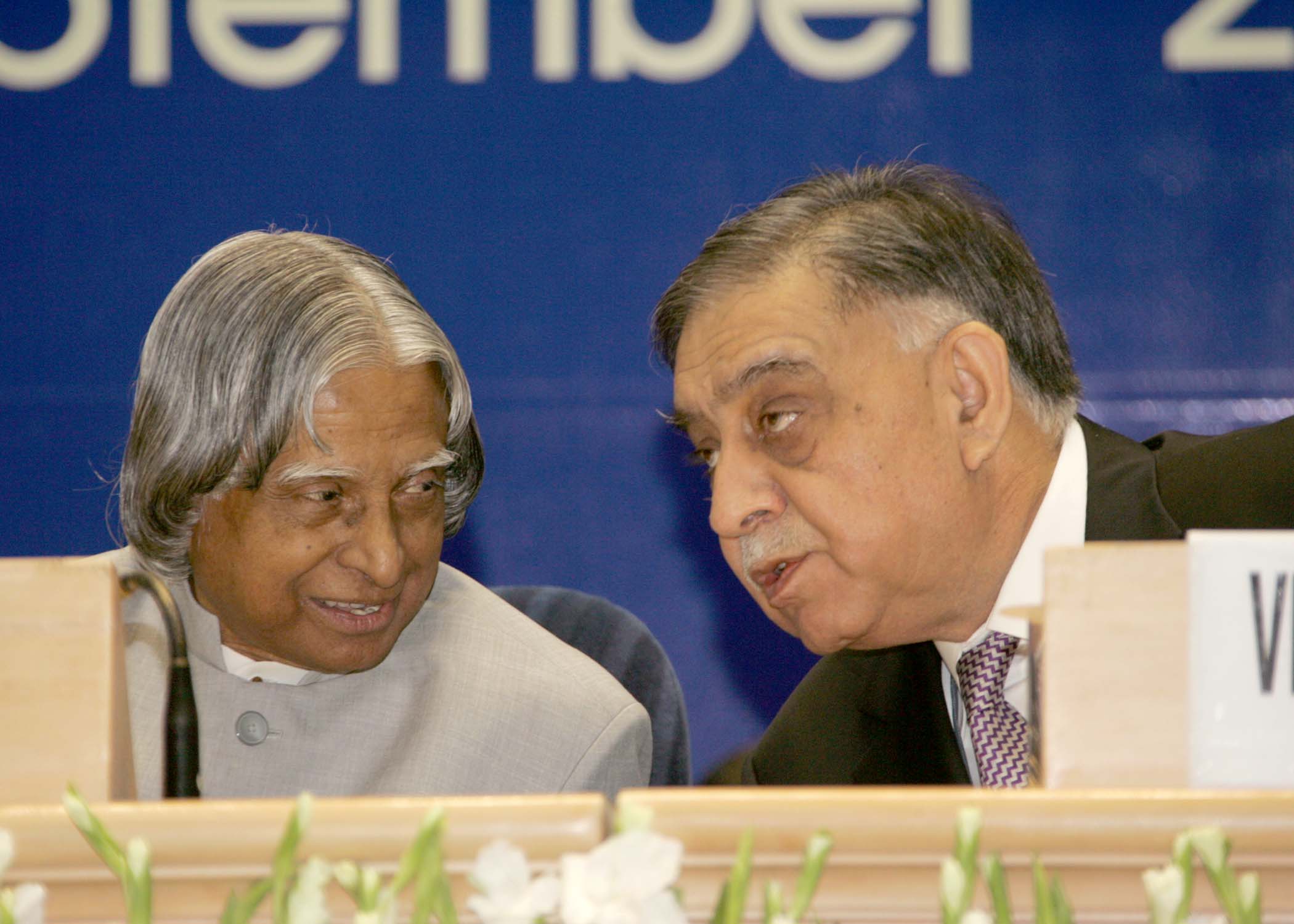

Accountants General can provide specific methodologies
CAG has earlier conducted audit of rural employment generation programme. The performance audit of Jawahar Rojghar Yojana disclosed that the scheme suffered from shortcomings in the critical areas of targeting, inadequacy of provision of funds, fictitious reporting and lack of evidence of employment generated. Presently one of the national challenges is: How do we get maximum economic benefit for the given flow of fund? I believe this is the core competence of CAG. As you are thinking in terms of value maximization, I would like to suggest your participation in one of the very important national need of the country. As you are aware, recently the Employment Guarantee Bill has been passed by the Parliament and I have approved. This Bill seeks to provide better job security to the needy in two hundred rural districts by giving at least 100 days of guaranteed wage employment in every financial year to every household. How to make this programme successful based on your earlier experience. There is a need to link the provision of this Bill to the integrated rural development programmes called Providing Urban Amenities in Rural Areas (PURA) as envisaged in the Bharat Nirman programme of the nation. This is the right time for CAG to provide e-governance based audit support system to the Central and State Governments so that the shortcomings which were noticed in the earlier scheme of rural employment generation does not get repeated. Let me now discuss audit in the world of e-commerce.

Audit in the world of E-Commerce
Our audit system had grown with checks and balances and has evolved over many years. But things are changing. The world is fast embracing the E-Commerce and very often one has to deal with faceless entities such as a web site. In this world of E-Commerce, both good and the evil coexist. While the advantages of speed and efficiency can not be questioned, the frauds are also equally possible. The money can be transferred at blinding speeds and often without an acknowledgement or a trace. In India, E-commerce is in a nascent stage. But would very soon become a major part of our transactions. It would be necessary for the Auditors and accountants to generate a policy statement on the Best Practices for E-Commerce for the country in partnership with experts. It has become all the more important since some of our public sector institutions are becoming multinationals, having assets and business in different countries.
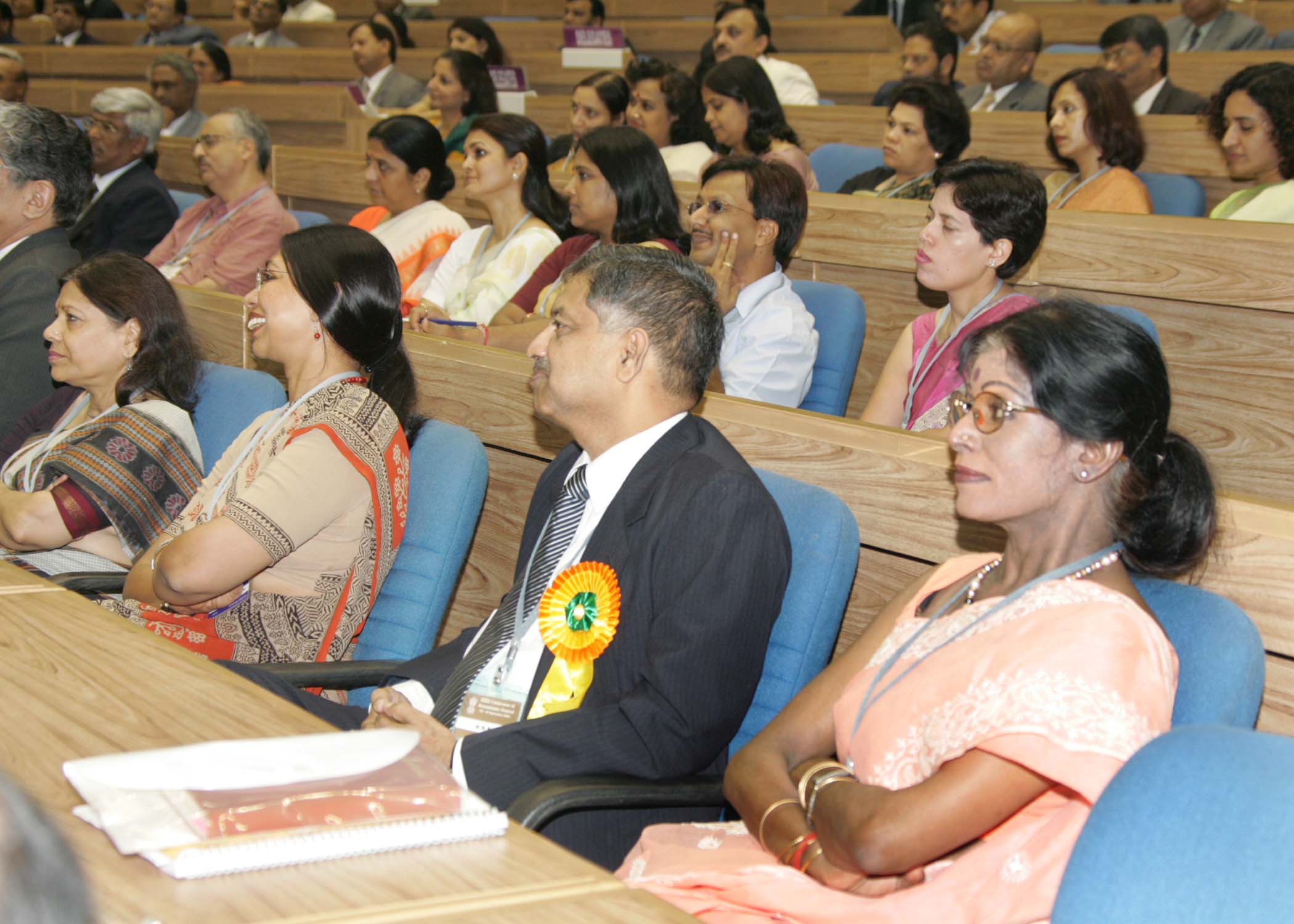

Audit in a borderless world
Many Indian Government organizations today set up and acquire companies abroad. The rules and regulations and the laws in those countries may be different. What is ethical in one country may be unethical in ours. The Auditors and accountants must become specialists in international trade and accounting practices and should be able to seamlessly integrate our practices with the countries with which we trade. Sooner or later, we will see an accounting in a borderless world.

Suggestions to the members of CAG
The members of CAG have been contributing to the growth and the maturity of the governance system during the last fifty five years. For enabling members of the CAG to become partners in national development, I would like to make the following seven suggestions for your discussion.
1. The audit teams can work with Programme Chiefs or Executives of national programmes or projects from the inception of the project and participate in the study of the PERT of the Project. You will find that there may be ten to fifteen critical paths for a ten year programme and for five year projects it may be more. The Critical paths in the project PERT will be the CAGs Audit area and points.
2. The aim of the audit should be to detect the deviations in near real time when the project is in progress and provide constructive solutions so that the objective of the project is met well in time.
3. CAG?s experience in the performance audit of Jawahar Rozgar Yojna should be shared with the Rural Development Ministry, which will enable them to take suitable proactive corrective action while implementing the Rural Employment Guarantee Scheme 2005. This will ensure that minimum ninety percent of the funds reach the intended beneficiary.
4. Audit can assist some establishments in disposing off certain inventories of system of old technologies. Continuous retention of these systems of old technologies will involve inefficient use of the existing human resource and come in the way of the growth of the organization. Some of the examples are use of manual drafting system and conventional lathes and milling machines vis-�-vis modern CAD/CAM system which will enable direct drafting and feeding of the component into the machine for realizing the product.
5. CAG may consider creation and maintenance of a centralized national asset register. The salient features of the asset can be put on the website for public awareness. Periodically the status of the asset may be reviewed and updated since CAG is the custodian of national wealth. This is indeed a big mission and challenge.
6. CAG may consider incorporating a mutually agreed online audit system for high value schemes of national importance such as rural employment scheme, PURA, golden quadrilateral, large power plants so that maximum value for money is realized in a time bound manner.
7. Audit should be sensitive to the fact that E-commerce and a borderless world would soon be a reality. You have to evolve a policy statement on this issue.
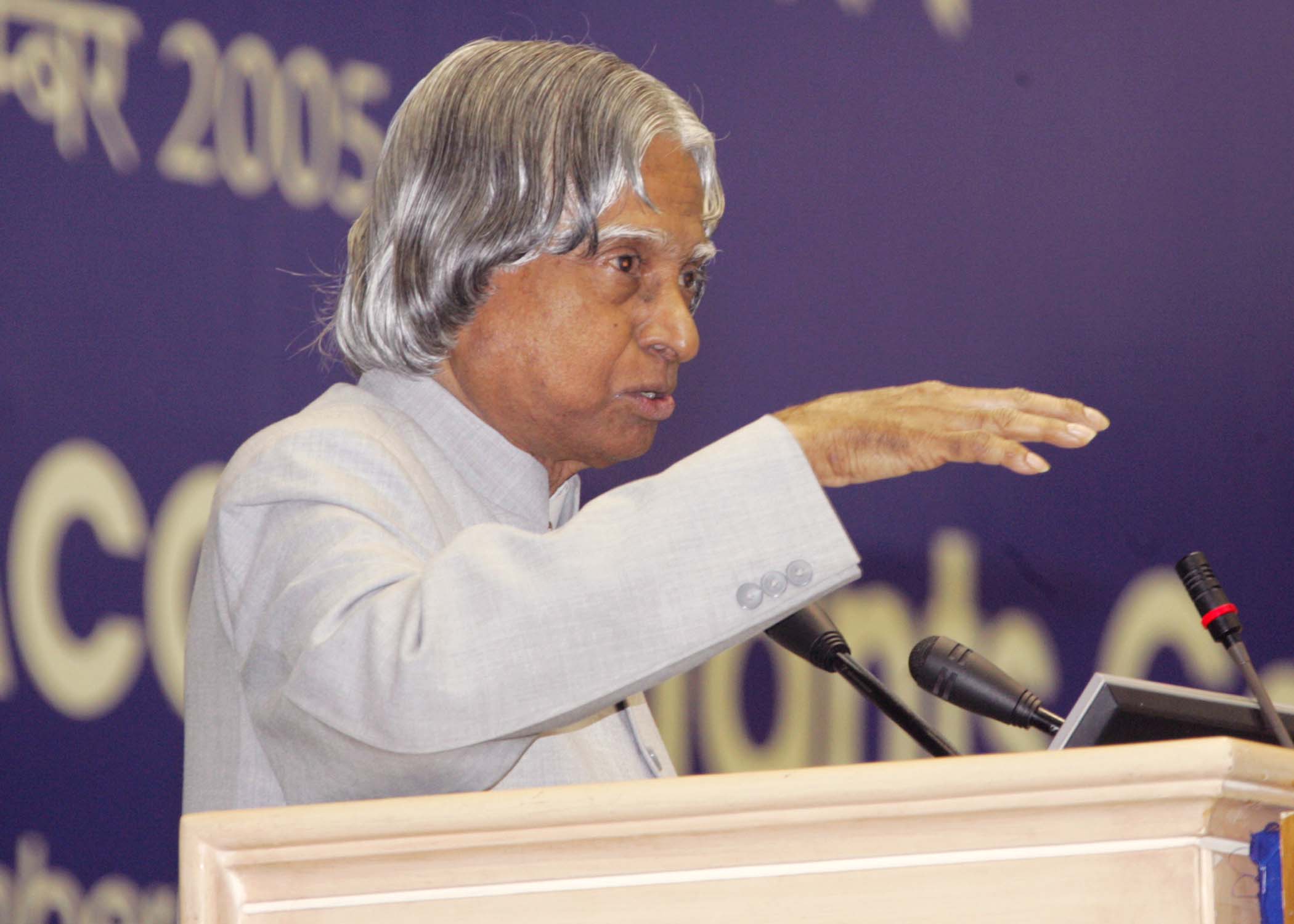

Conclusion
Auditing in the modern sense is a quality assurance phenomenon. It has to move from the conventional quality control mechanism to quality assurance of institutions through the establishment of internal controls and self-controls. Audit has to be proactive and alert the system before occurrence of low performance. Implementation of e-Governance System in Audit is essential that will assist the CAG for enabling on line process control and guidance to its offices Accountants General and clients. This will create close interaction between the auditors and auditees as partners contributing to a common goal for providing effective governance to the nation in time. Apart from the planned audit CAG teams must be observant and be able to detect areas of immediate national concern and find urgent solutions through timely intervention.
I inaugurate the All India Conference of the Accountants General and my best wishes for success in your mission of providing positive contribution towards national development.
May God bless you.
<<Back
|
|